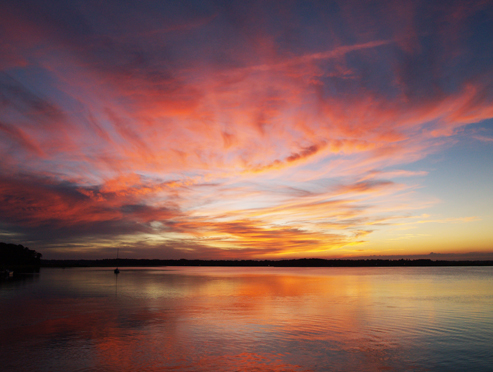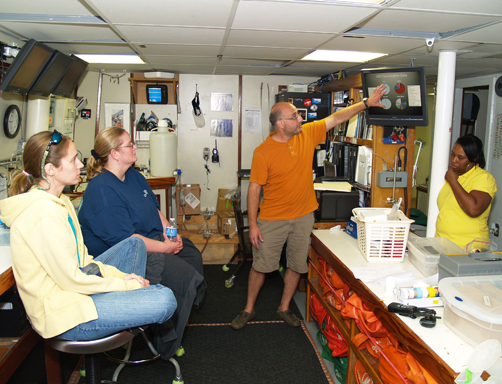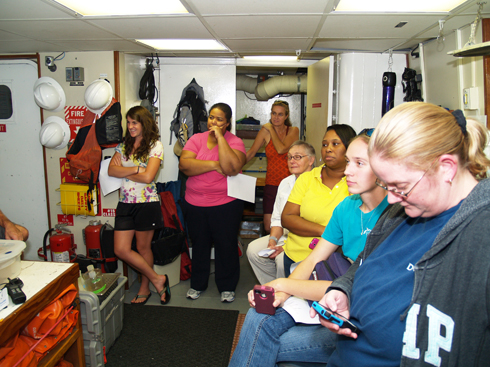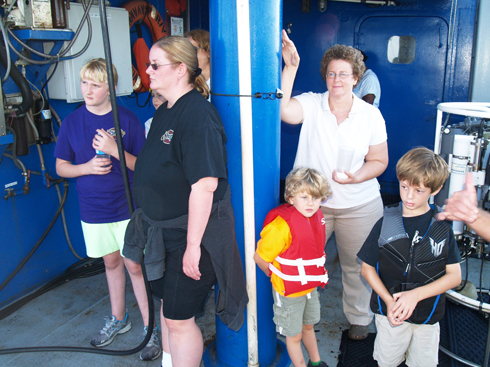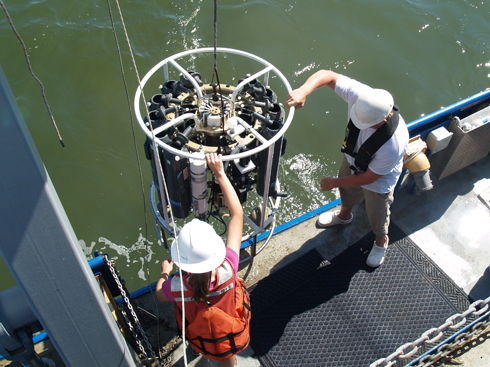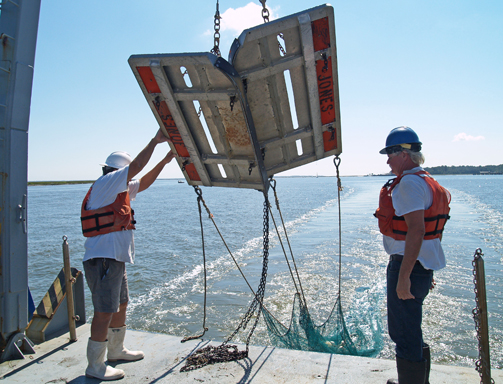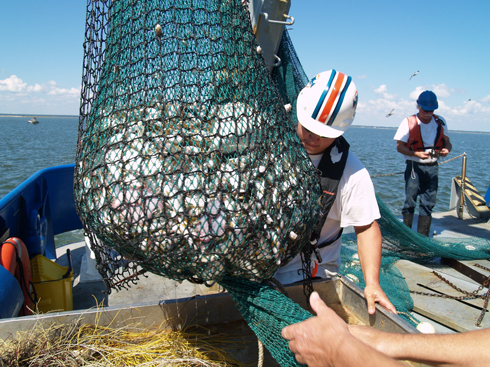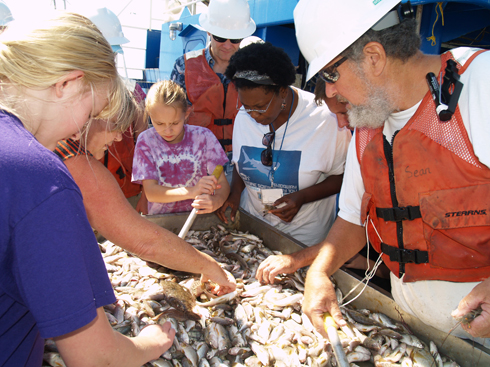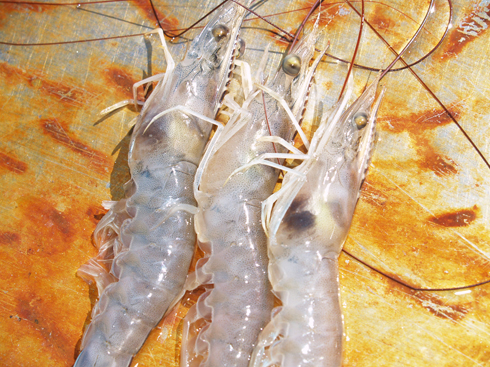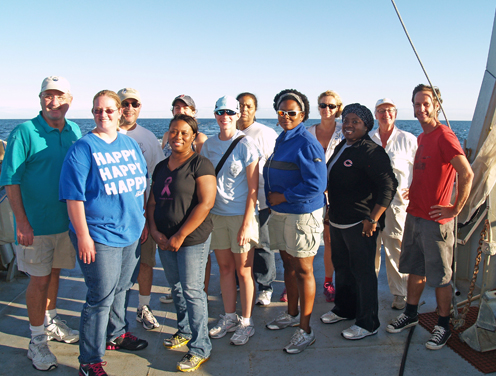Note: UGA Skidaway Institute professor Marc Frischer just completed a two-day cruise on board Skidaway Institute’s Research Vessel Savannah. The cruise was a mixture of science and education. We left the dock on Thursday evening, October 3, and cruised overnight to a station out on the shelf. Friday was spent hunting doliolids and other plankton. After returning the dock for Friday evening, we left again Saturday morning to collect samples for a project investigating the black gill disease (BGD) in shrimp. Both days were also part of the GK-12 teacher program, so we had a group of K-12 teachers with us both days. Marc Frischer wrote this account of the cruise. his main focus is on Day Two of the cruise on Saturday.
Just a quick summary of our small shrimp Black Gill Disease survey we completed on Saturday 5 October.
The trip went very well. We had quite an interesting roster of cruise participants. We only ended-up with 3 teachers, but two of them brought a child.
We had 6 teachers on the offshore leg during the previous days, but I think I wore them out. The ones we had left were pretty die-hard and very enthusiastic. This is a comment one of the teachers aboard (Joy McCook, Bradwell Institute) posted on her Facebook page in response to one of the comments she received after posting a bunch of her phots
“It was amazing! Thank you so much Marc E Frischer! Kaylee had to tell everyone about all the cool stuff she did and saw today. I already have so many ideas in my head of how to pull the fellows research into my class and it has given my new possible lab ideas! I also loved meeting the new teachers and seeing the others one again. The crew was so AMAZING! Thank you so much for extending the invite.”
Also aboard from UGA Marine Extension Service were Lindsey Parker and John Crawford (Crawfish). Mickey Baxley was also aboard but was filling in for crew on the R/V Savannah. I also had several of my lab members along and Mike Sullivan (Skidaway Public Relations) was along taking pictures and video.
We started the cruise with a bit of a lecture and discussion about Black Gill Disease and our mission for the day. It was a lively discussion and was fantastic to have so many different perspectives in the room.
Using the R/V Savannah we took replicate (2x) 15 min trawls just off of Wassaw Island just past the line of demarcation (offshore), in Wassaw Sound (in the Salt Pond area), and in the Wilmington River.
In general we didn’t catch very many shrimp. In the offshore tows we managed to catch 1 animal. It was a large male and did not have BGD.
But in the Sound and River we caught a bit more. We counted and examined a total of 113 shrimp in the Sound trawls and 210 animals from the River trawl.
The incidence of BGD was pretty high and was similar in the Sound and River. BGD infection rates ranged from 60-70% of the catch and 26-29% of those exhibited severe infections. A comparison of males to females suggested that females were more likely to be infected than males, but this data is a bit skewed because we caught mostly females. Approximately 70% of the catch was female in both the River and Sound trawls.
We collected and kept alive 20 shrimp with BGD and 20 that did not seem to have BGD (though I suspect they all do to some degree). These we transferred to holding tanks at SkIO and will do transmission studies with them next week. The first priority will be to look at transmission from heads of shrimp with BGD.
We also collected samples for DNA analysis.
That’s about it. If anyone wants the data I’ll be happy to share it.



